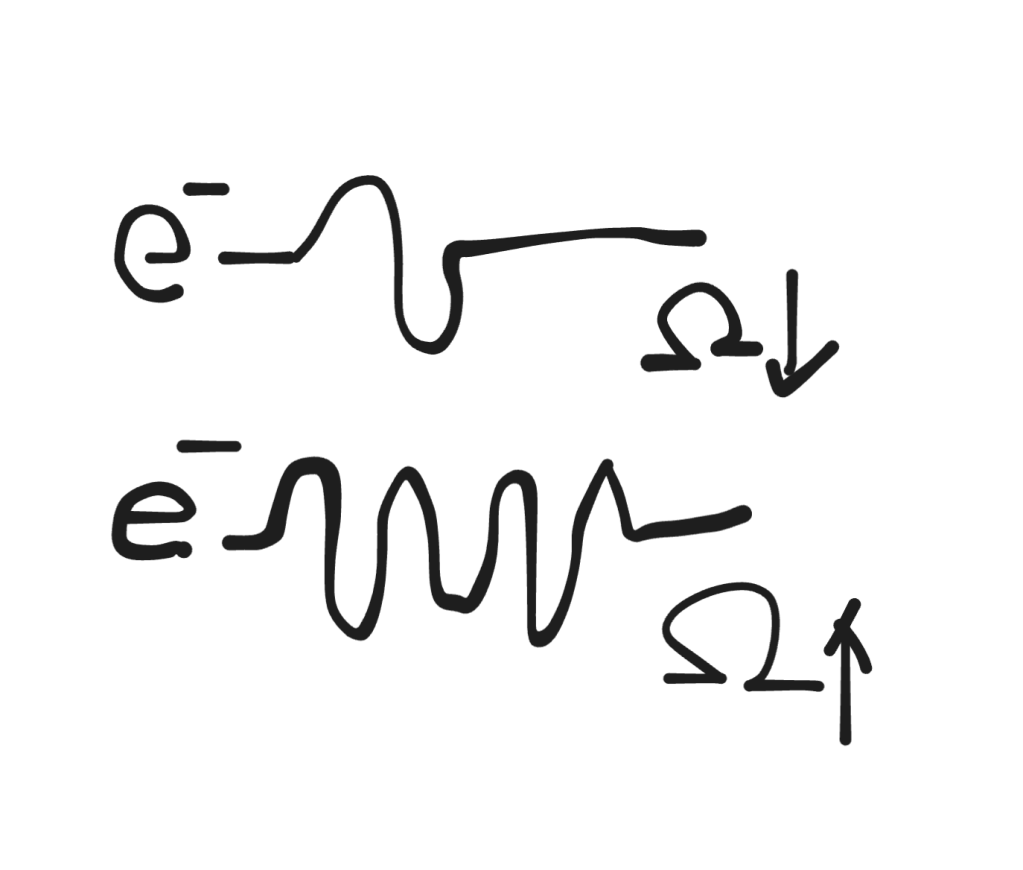Electronics
A big roadblock to learning anything new is taking the first step and knowing where to start. Looking back on my programming journey it's very easy to connect the dots. I am a beginner in electronics, I feel like I'm walking in the dark. This is a post that I'll try to update once in a while with some of the new things that I have learned, this most likely won't have everything but I hope I can refer someone to this in the future when they are starting out in electronics. Just a disclaimer, some of these concepts might not be fully correct or complete, this is just my elementary understanding.
Resistor
Controls how much current flows through the resistor.
It uses multiple loops of channels to make electrons collide with each other.
More loops mean more resistance [ OMEGA = Resistance]
Capacitor
It stores electrons inside it in the form of an electric field and releases it later when theres no current going through it. It basically tries to continue the present state, kind of like interia, when there's no current flowing through it, it will make it harder for it to start flowing. When there is current flowing through it, it will make it harder to stop the current flow
Diode
Only allows one way electrons. I don't understand this at a fundamental level, but it increases/decreases resistance depending on electron flow, but I don't know how that works.
LED
Light emitting diode, emits light and has polarity, meaning the light will only turn on if the current is flowing through it positive to negative, not negative to positive.
Transistor
Waits for a signal voltage to let current through. It has 3 pins, one is IN, second is OUT, and third is SIGNAL. It will only pass current through the in and out pins and act like a wire IF there is a signal voltage. No signal voltage means it will just be an open circuit, where there is no current flow
MOSFET
It's a type of Transistor, there are two types BJTs and MOSFETS. I forget what the real difference is, but I know that it's really important to know.
Voltage Regulator
There are two types Switching and Linear. Linear uses decoupling capacitors. Really important to know as well. Me and my blew up a 100$ chip because we didn't have one of these, and I didn't know it existed for this.
Decoupling Capacitor/Bypass Capacitor
In general there is lots of noise in the electric circuit, the capacitor blocks out all the AC noise, and charges up so that it can act as a normal capacitor. It is recommended to put near the load or the IC so that the noise doesn’t cause interference again. For different types of noise different capacitors are used.
I2C (Communication Protocol)
I2C Two lines SDA and SCl , both are set to clock high, to start communication, one of the nodes will pull SDA and SCl to voltage 0.
Start bit Address (7bit or 11bit config) RW- 1 bit ACK 1- bit bit Data (7 bit ) ACK. STOP - 1 bit.
For the ACK bit, it will default to 1 since that is normal state of operation if the connection is cut off. ACK signal is sent by the slave if the Master wants to read then the slave sends the Data frame and waits for the ACK from the master




